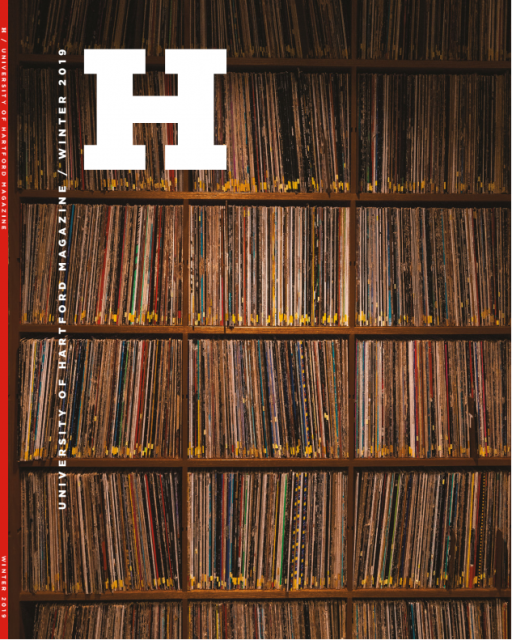Search
When the University of Hartford was incorporated just over 50 years ago by business and community leaders, they envisioned a center of education and culture for Greater Hartford. Read more...
Persons with disabilities who wish to access the WWUH Public File may contact John Ramsey at: ramsey@hartford.edu
Sunday Afternoon at the Opera - Stravinsky: Le Rossignol and Mavra; Grieg: Haugtussa
Sunday Afternoon at the Opera host Keith Brown writes:
When we think of Spring, we immediately think of birds singing. Let that be my seasonal point of departure in this two-month round of programming. The most renowned of songbirds has got to be the nightingale. There's a symphonic poem by Igor Stravinsky called Le Chant du Rossignol ("The Song of the Nightingale," 1917), but before that its music was incorporated into a little opera, Stravinsky's first, Le Rossignol (1914). Its Russian language libretto is based upon a fairy tale of Hans Christian Anderson. The bird sings for the Emperor of China, who is charmed by its song, but ultimately he rejects the real bird and its song in favor of a mechanical nightingale. The real bird ends up saving the foolish emperor's life, then returns to Nature. Stravinsky was the best conductor of his own music. He directed the Chorus and Orchestra of the Opera Society of Washington, DC when the "lyric tale" in three short acts was recorded. In 1991 Sony Classical gathered together and reissued in CD format so many of the recordings Stravinsky had made of his own compositions for release on Columbia LP's back in the 1960's. Le Rossignol came in Vol. VIII of Sony's Stravinsky edition.
In that same volume were 35 of Stravinsky's orchestrated songs and a mini-opera buffa in Russian language: Mavra (1922). The Russian author Pushkin supplied the tale of a young suitor who disguises himself as a serving maid in order to sneak into the house of his beloved. The girl's mother discovers the ruse and the boy jumps out a window to escape. For Mavra Stravinsky led the CBC Symphony Orchestra with a cast of four singers.
There's time remaining to listen to the songs of the Norwegian Edvard Grieg (1843-1907). Particularly appealing are the eight songs that comprise the Haugtussa song cycle, Op. 67 (1897). Grieg worked on more than eight of the lyrics among the 71 poems in Arne Garborg's Haugtussa collection. These poems recount the wanderings of the visionary girl Veslemoy in the wild uplands of Southwestern Norway. Grieg's musical depictions of the landscape reveal him to be a nature mystic like his younger English colleague Frederick Delius. Mezzo-soprano Monica Groop is heard in the Haugtussa songs. You'll hear more of Grieg's songs as she interpreted them in a 1993 Swedish BIS label release, one of several BIS CD's that present the complete corpus of Grieg's vocal pieces with piano accompaniment. Thanks to Ira Braus, professor at the Hartt School, for his programming suggestion.




